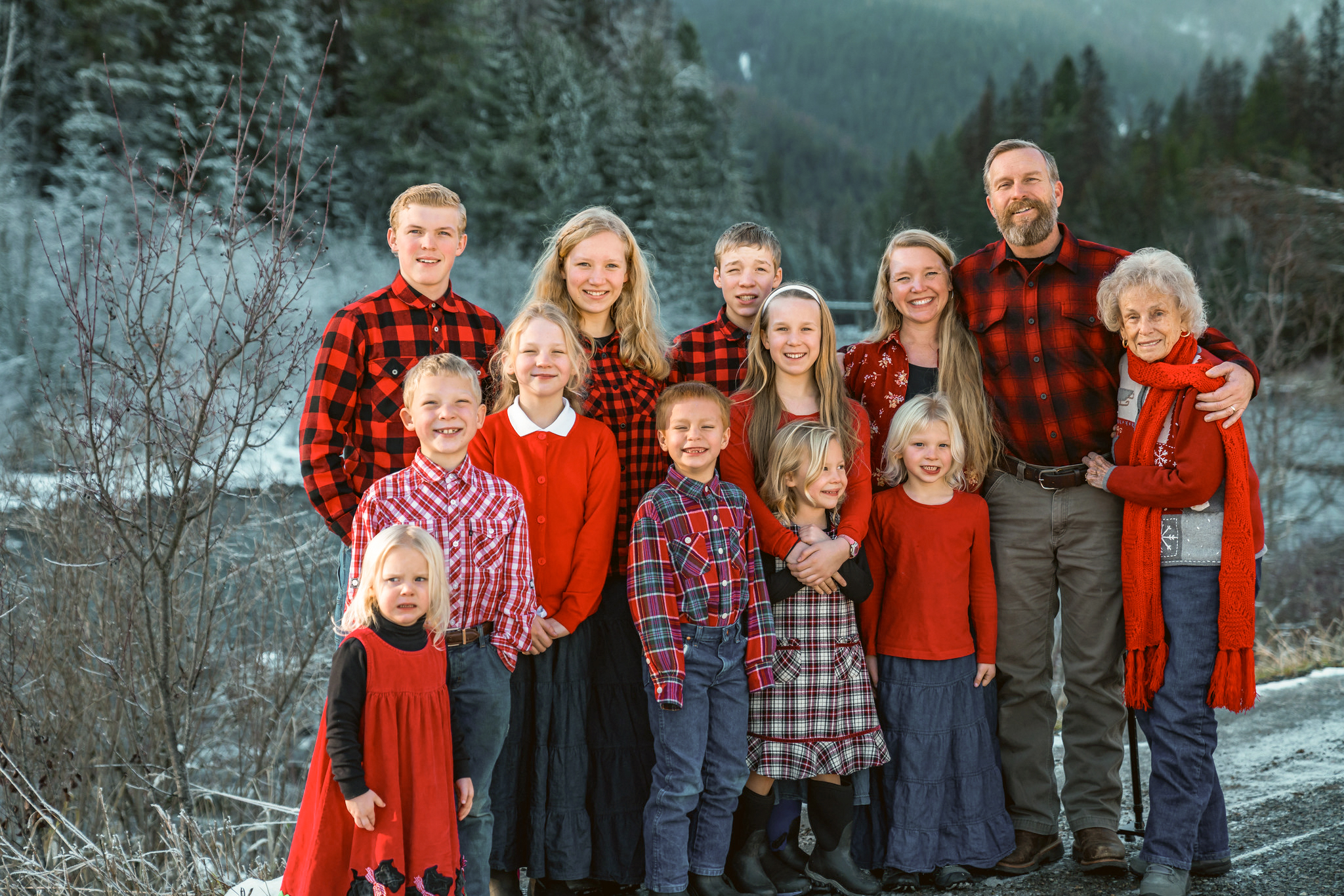It was mainly for the well-being of their 10 children that Carolyn and Josh Thomas struck out to start their own family homestead 1,000 miles from their home.
Their life in Southern California had been all about chasing a check, climbing the ladder, and getting ahead. They were used to following the crowd.
It was when their first son was born and it came time for his first round of vaccines that the parents became concerned about their lifestyle.
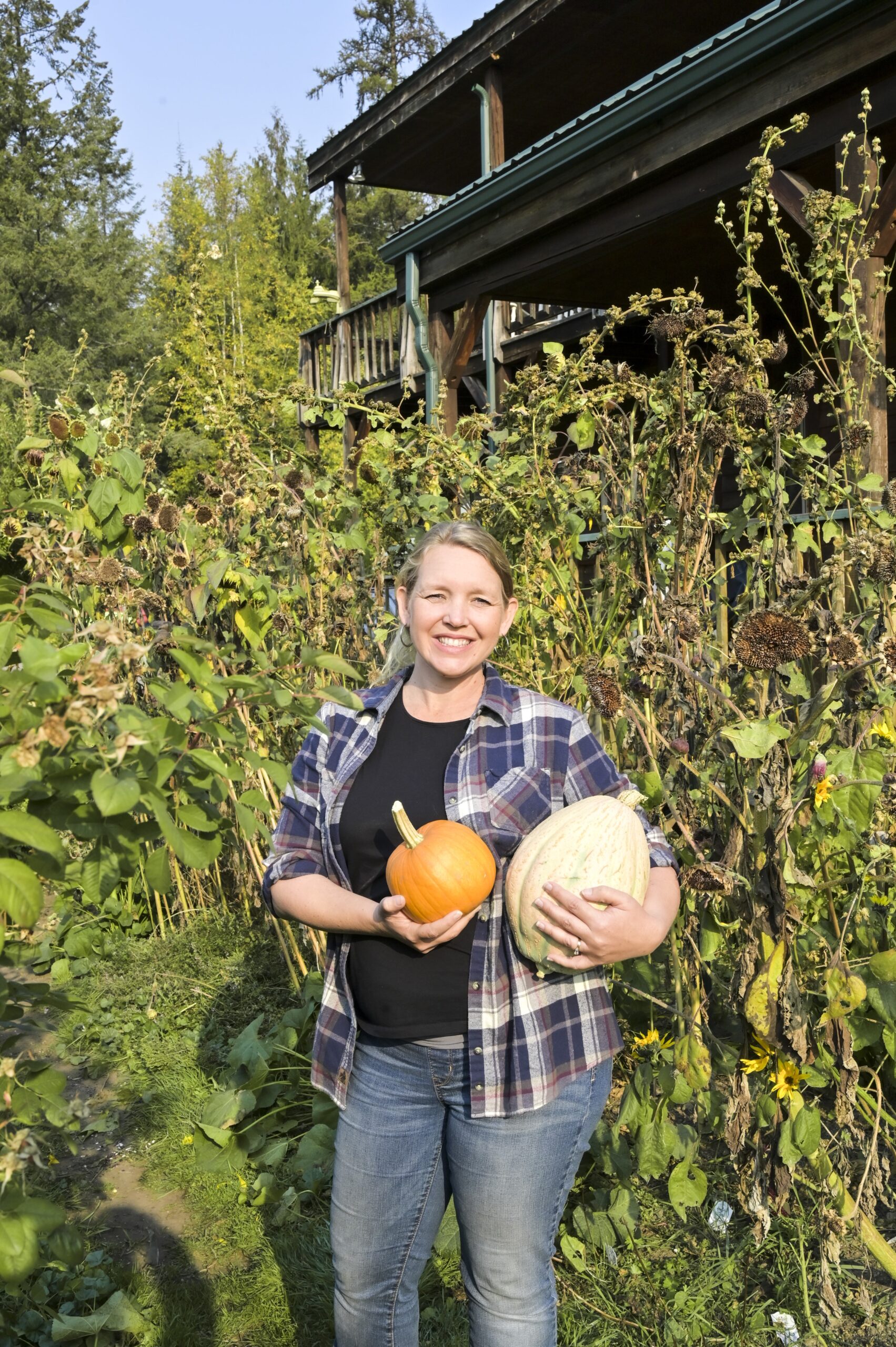
“The doctor had told me that the nurse was going to come in and give the baby two shots,” Carolyn told The Epoch Times. “Well, when the nurse came in, she gave the baby three shots. And both Josh and I have this very clear memory of these three different shots.”
They didn’t think much of it at the time; they were just so used to deferring to what the authorities said.
“When we went home that night, he had a reaction to the vaccines,” Carolyn added. “It made us really wake up and start paying attention and decide that we needed to be in the driver’s seat of our life, and we needed to be making active decisions.”
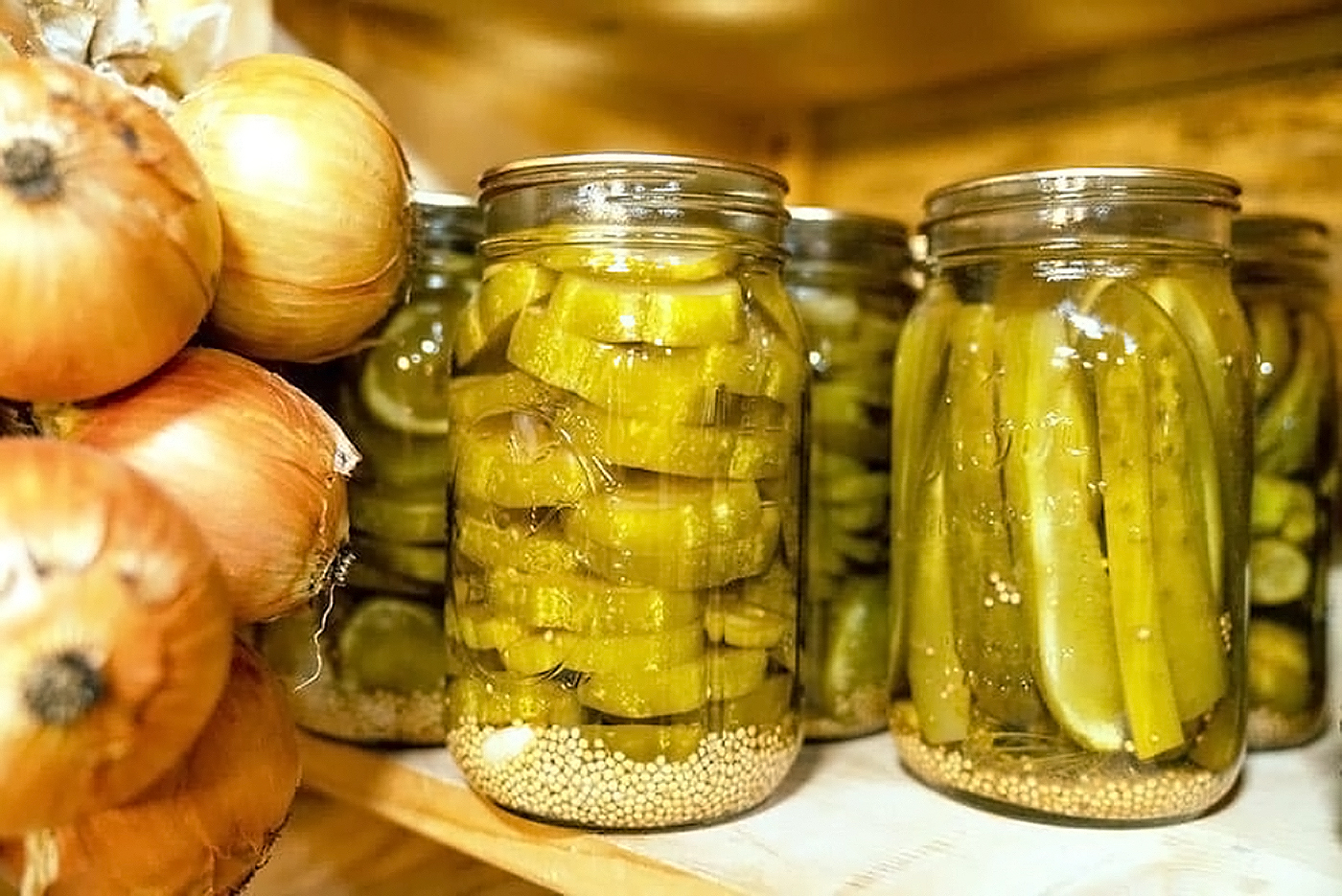
So the family grew … and grew, and grew. In 2007, Josh and Carolyn made up their mind to purchase a tiny plot of land where they grew their own food; and they awakened to the wonders of what the earth can provide their family. It wasn’t much, but the learning process was essential for what came next.
“We started really learning about the skills of cooking from scratch, making our own bread at home, canning, dehydrating, and different types of preserving,” the mom said. “We wanted to give our children the gift of health and very robust, healthy bodies, and also have the skills of producing our own food and growing our own food. Because at that point, it just started to be way too expensive to buy the amount of food that we needed at the quality we wanted.”
In order to feed their family well, they eventually scaled up to a 20-acre property in Tennessee where they raised their own beef.
They finally bought their 40-acre plot in northern Idaho in 2018.
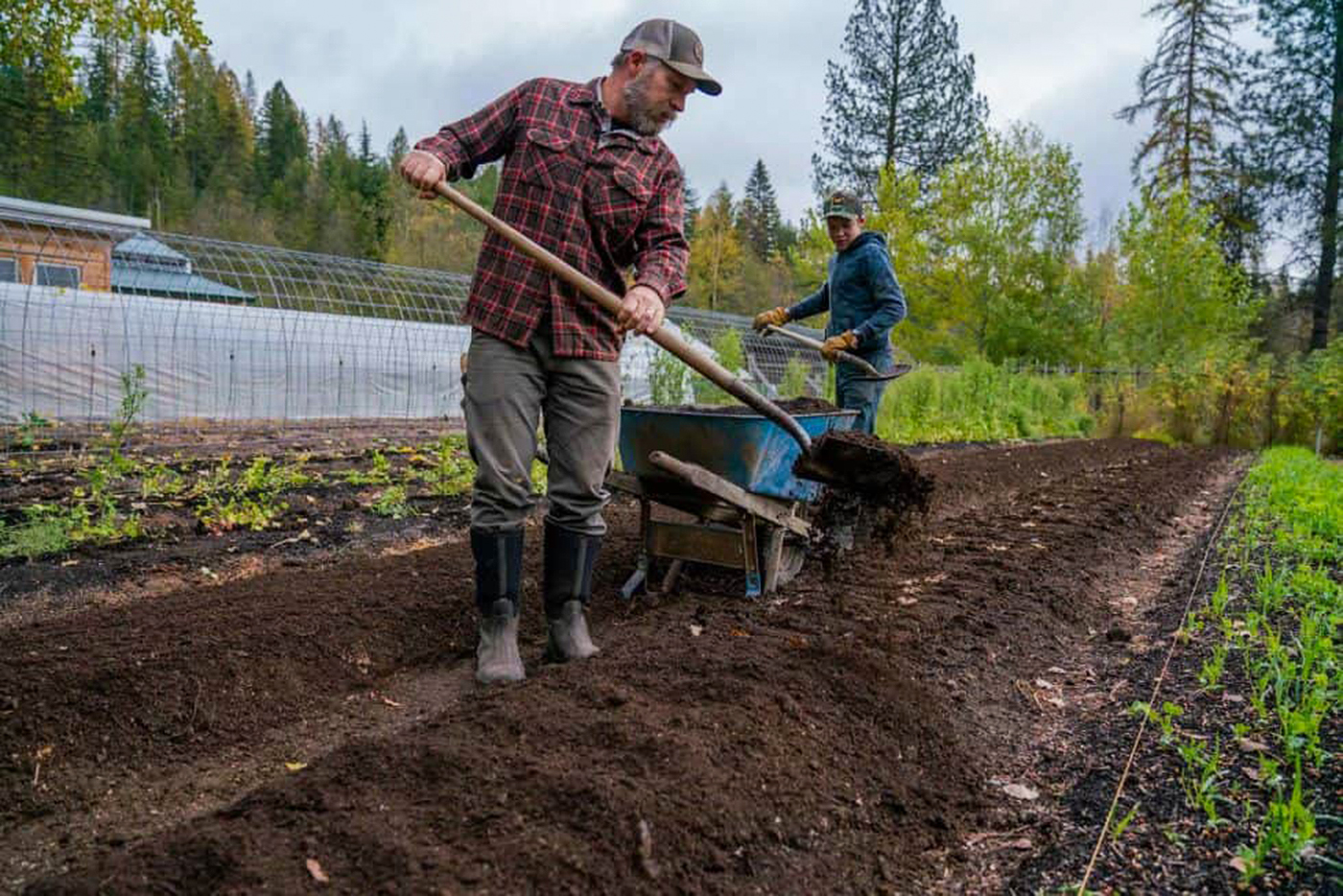
“The reality is, if you go right to a lot of acres, you won’t have the skills you need in order to actually use them properly or well,” Carolyn said. “You’ll probably get overwhelmed by the experience.”
Yet tough times were right around the corner. In their local area in 2014, employment was scarce, and Josh found himself without the income they needed to sustain their expanding family. Little did they realize that their sustenance lay right beneath their feet.
“We still wanted to eat high quality, nutrient dense, and organic food, but there was just no money to buy groceries at all,” Carolyn said. “And so we really took it to the next level and started growing a huge amount of our own produce, and all of our own meat and dairy, and the fruit for preserving it.
“It really was an important moment for us, as we learned how to do this on a scale that could actually take care of our family and feed ourselves and be self-sufficient if we needed to.”
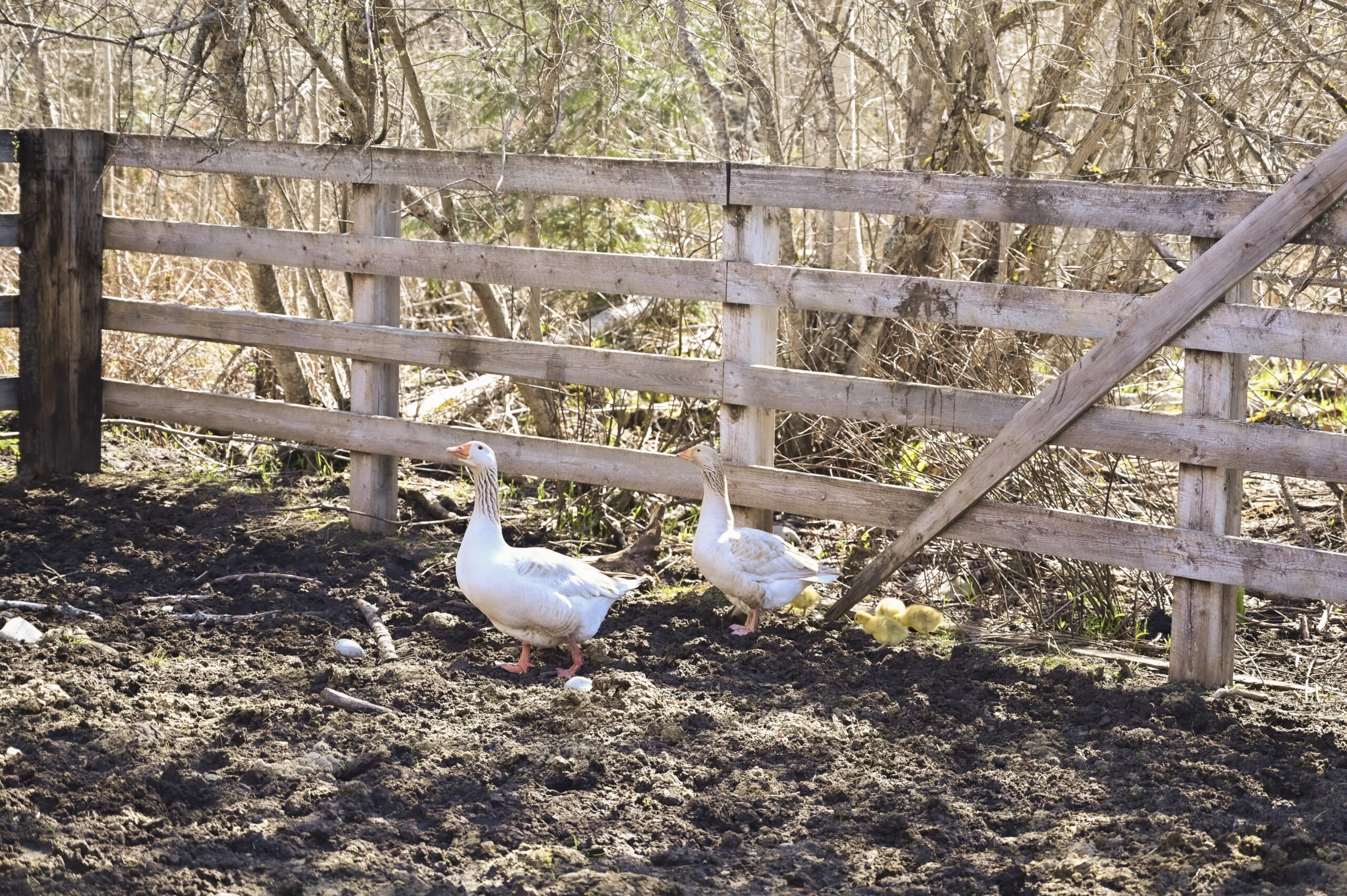
By now, they knew what to do with the land and how to make the best use of it: The family established one large, main garden for growing their staple crops—such as potatoes, beets, carrots, onions, and garlic, as well as big rows of broccoli and cauliflower. Then there were the perennials—grapes and raspberries.
Adjacent to the house, there is the “cottage garden,” as Carolyn calls it, which is right outside the kitchen. Here, she grows her herbs for seasoning, lettuce and cherry tomatoes for a quick salad, and a few flowers.
Then there is an area out front they call “the forest garden” where they have their fruit trees and some wild edibles tucked here and there.
But beyond mere sustenance, life on the homestead has helped the children bloom—not just in terms of developing good health and natural immunity, but also in their character and confidence.
“It allows each member of our family to know that they’re valued and a valuable part of the family,” Carolyn said. “We all have what we call ‘morning chores’ and ‘evening chores,’ and everybody knows what they need to do in order to get all the basics done.”
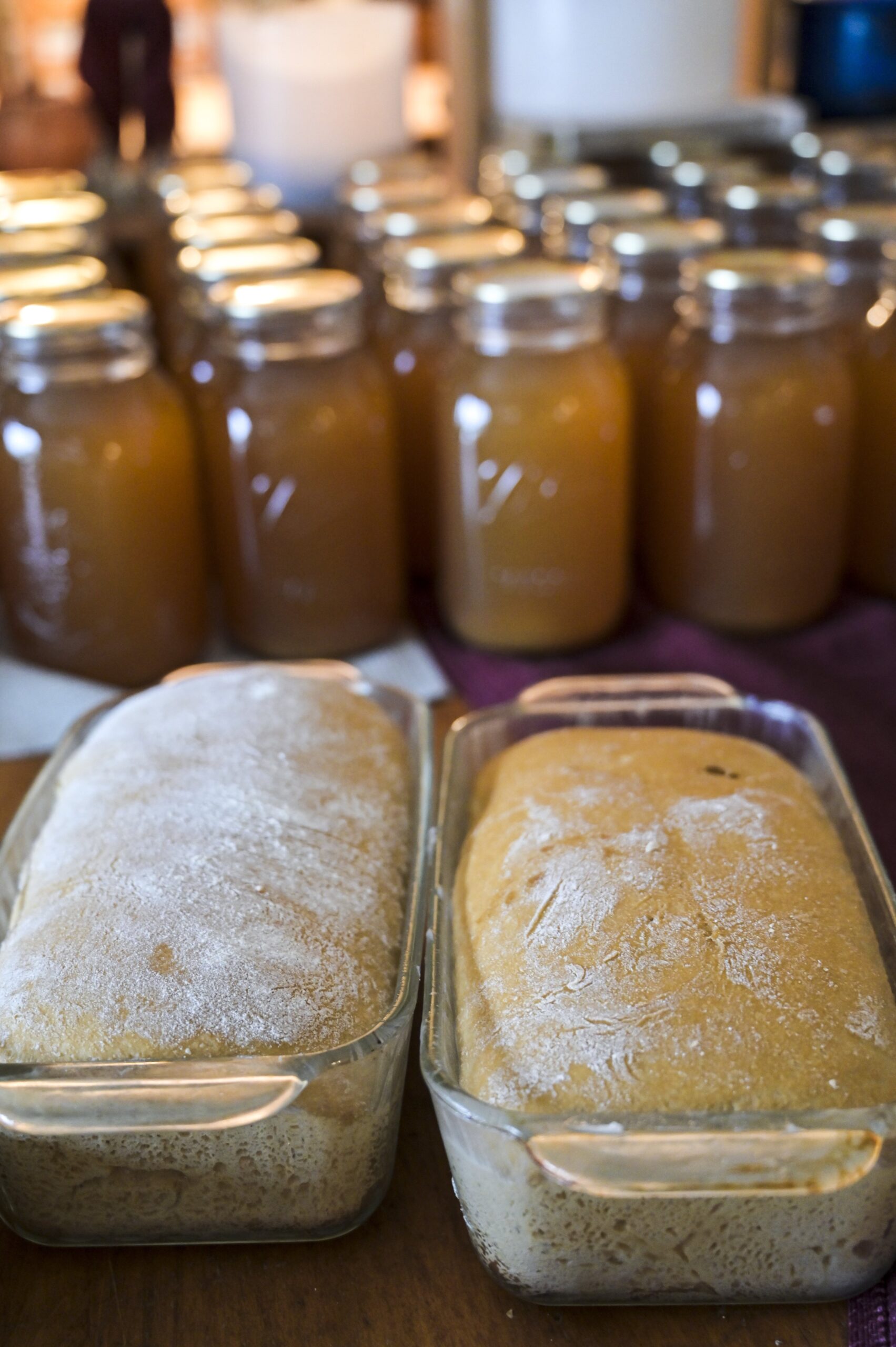
Some will be out feeding the animals or rotating the livestock; others will milk the cows, bring in firewood in the winter, or work around the house.
“We find that the kids, when they’re very young, they want to help,” the mom said. “They want to be involved and they ask to be involved. So when we start giving them chores, when they’re two and three years old, they really want to do it because everyone around them is doing it too.”
There’s nothing more natural for a family than life on a homestead. It’s how people have been living for thousands of years.
It may seem novel to some city folk, but the Thomases are just getting reacquainted with what comes naturally. Far from being hooked up to their devices 24/7, or becoming lazy teenagers, all these young ones are early risers. In fact, Mr. and Mrs. Thomas have to tell their kids to stay in bed until 6 a.m. They homeschool their kids, and they are happy.
Getting off the grid (they’re not totally there yet; commodities like coffee, etc. are store-bought) was mainly a family lifestyle choice for the Thomases. But in the chaos of the world today—with inflation, looming food shortages, and other uncertainties—the family believes it’s the responsible thing to do. By learning how to be self-sufficient, Carolyn says, we become less dependent on the government and thus more free.
Homesteading might be a check against government overreach.
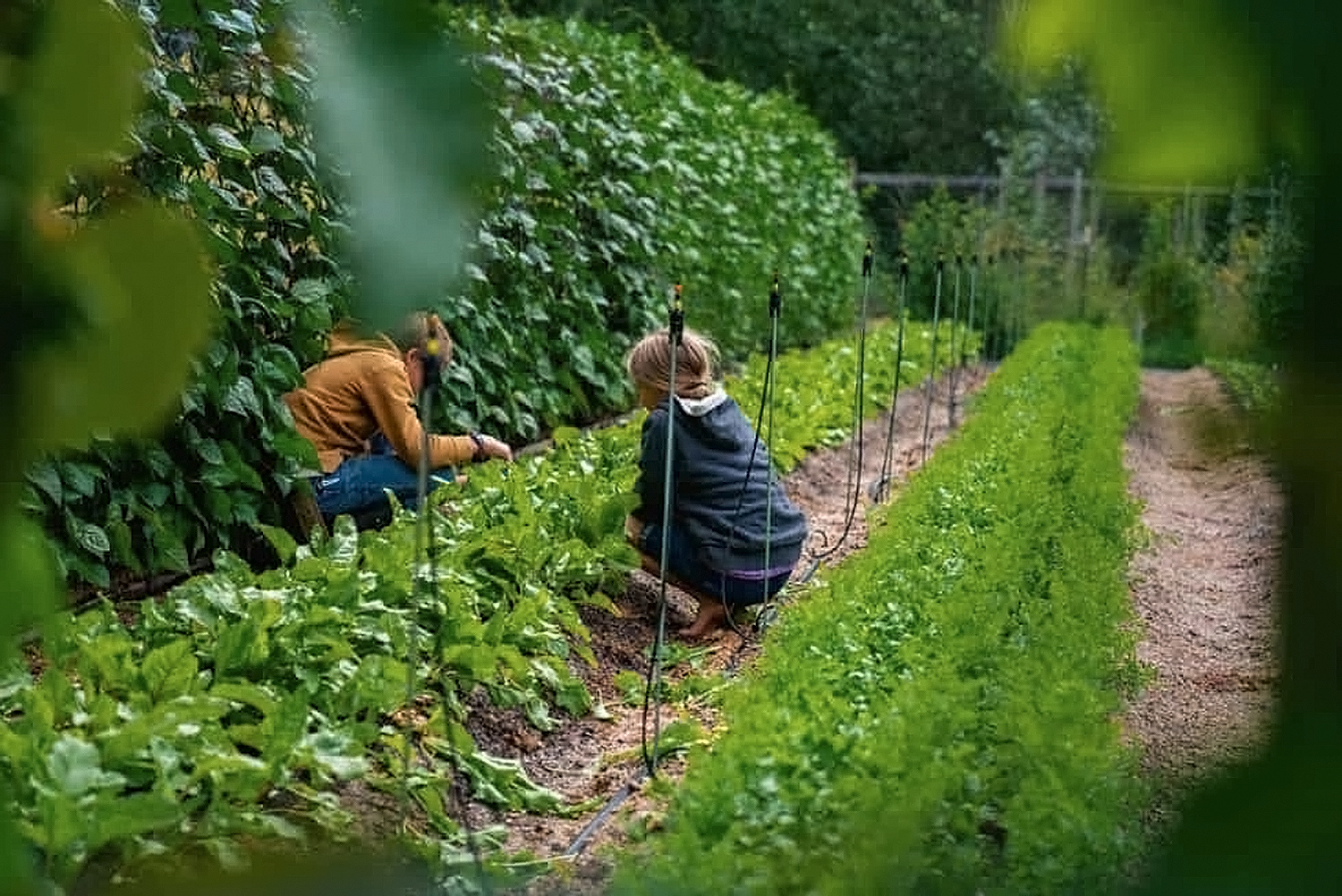
Besides chores, Josh and Carolyn are now sharing their journey and skills with others. Having started their own YouTube channel and family brand called Homesteading Family, they teach their skills by posting multiple videos per week.
In these, Carolyn has gotten into old-fashioned, traditional cooking. Having dusted off a classic 1700s recipe book, she has unearthed some hearty, wholesome treats like a wonderfully robust pumpkin pie as well as deliciously simple bread pudding, and much more.
Yet she knows not everyone has access to a 40-acre farm. Many of her viewers live in the big city, but there are still things they can do to be more self-sufficient.
“Learn how to cook from scratch, learn how to make better buying decisions, learn how to bulk buy food and store it, even if storing it means you’re putting it under a bed or in a closet somewhere,” she said. “A lot of people think of living a lifestyle that is prepared and more self-sufficient as something they should do in case the world falls apart, some big event, or something major that happens on a large scale.”
The reality is that our great grandmothers and grandfathers always lived a more prepared lifestyle.
“Historically, it’s the normal, wise thing to do, like the parable of the Ant and the Grasshopper,” she added. “Work when it’s work season and put up your food, and have what you need for the off seasons.”
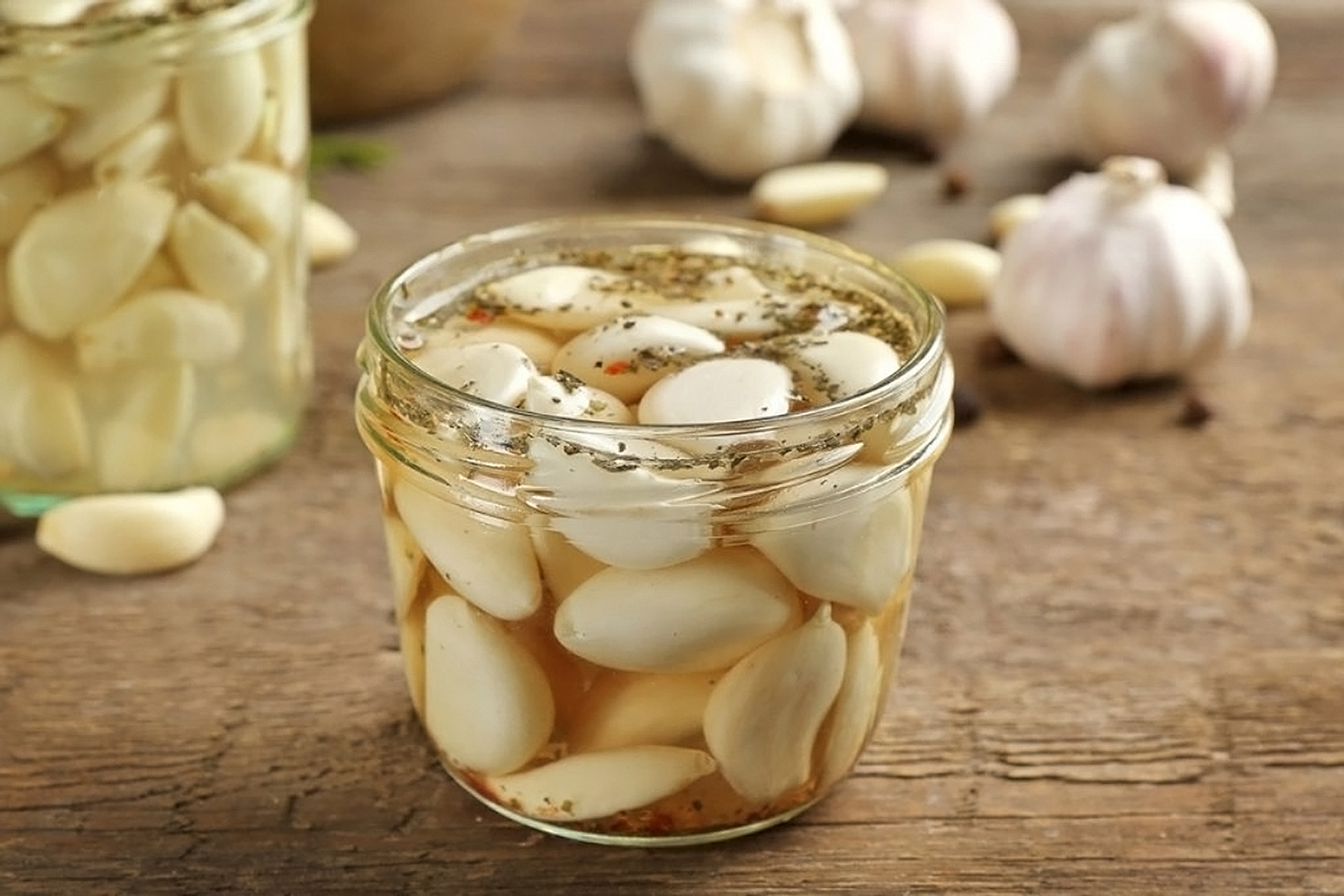
From February Issue, Volume 3

